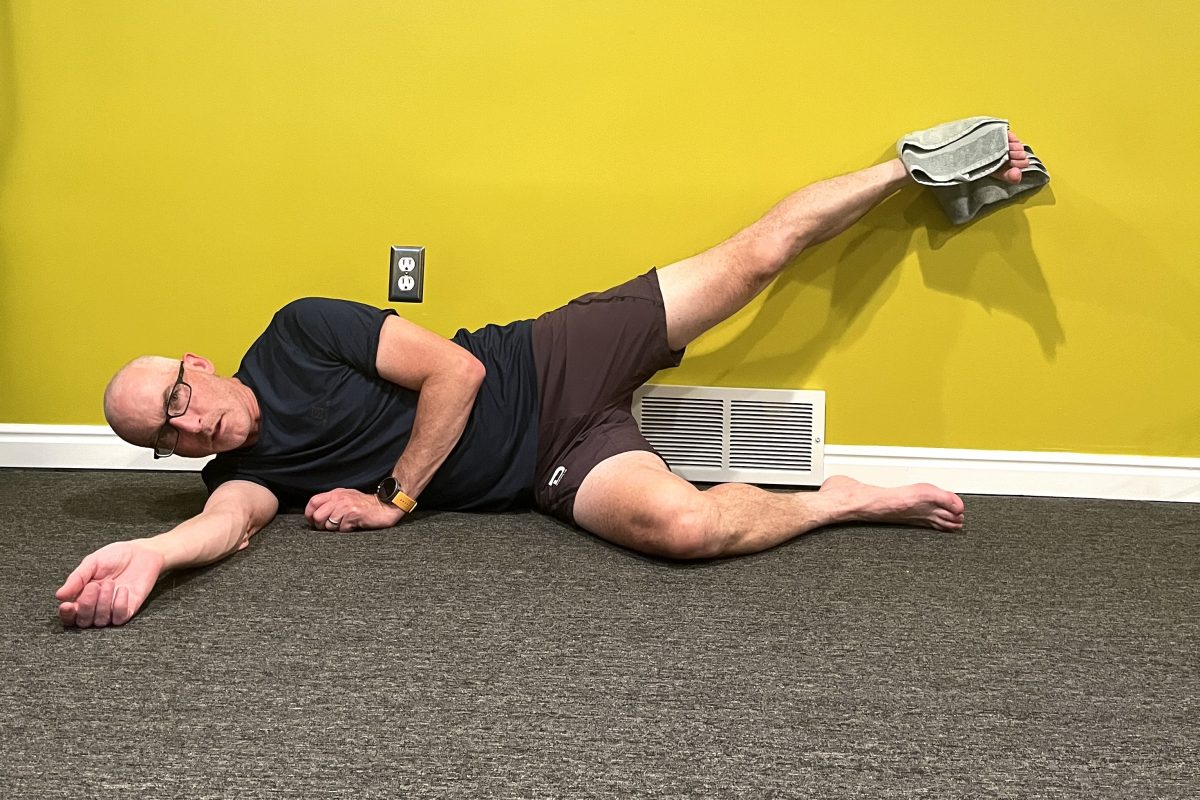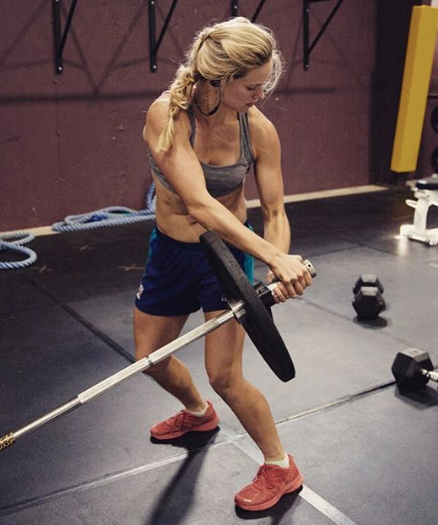The following is an entry from Jens Arne Svartedal's monthly blog – where he gives insight into his training. This month he talks about the new challenges of returning to school and being a father. He emphasizes the notion of the “total load” from training and argues that for almost everyone, this is more important than the amount of training. This is a great article for people who are struggling to juggle their daily responsibilities. I think it is striking that despite these challenges, Jens Arne believes that an unorthodox approach will allow him to perform better than earlier in his career. Svartedal won the silver medal in the Team Sprint at the 2006 Olympic WInter Games in Torino, Italy.
Back to being an amateur
This will be an autumn of new challenges and assignments that I haven't been confronted with for a long time. I am heading back to school, and I'm going to be a father.
After six years of being completely dedicated to being an athlete, I am going to expand my horizon. It's high time that I have some challenges besides skiing.
After the 2001 season, I took a break from my studies. My ski career was starting to go well, and I wanted to see how far I could go.
Of course, I wish that the diploma was on the wall and I could simply enjoy the increased family time that is around the corner. It gives me some challenges in addition to the ski ambitions.
I am back to being an amateur now, and have to think about more than just training and the wife. In this respect, my fall will be a lot like that of the people reading this article: it is either work, school, or the family that demands most of your attention.
August was the best training month I have had in several months. The variety of activities, workouts, and intensities was incredibly good. The combination of volume and intensity is also probably the reason I am currently at home with a fever and not training with the team in Torsby (ed.- site of the Swedish ski tunnel). The total load was high and I wasn't good enough at taking the preventative measures necessary to avoid illness. When that happens the body normally takes control and says, “enough is enough.” I will probably benefit from this unintended rest, but I should have foreseen the consequences before my body took its own measures.
In any case, September is probably not the worst time to be sick. There is still time before the start of the season, and after the illness I should be back on top of the training load. However, it is important to learn from this and not to have more breakdowns closer to the season.
After many years of training, I still make this same mistake. I'm eager to follow my progression in the training diary and stretch the body's limits a little further. It should be unnecessary, but at the same time this is much of what makes sport fun.
“How much training can I endure?”
But this is the wrong question–the right one is to ask, “what is the total load that I can sustain?” This is something completely different. As long as I have been a full time elite level competitor, it has been easy to be cynical with respect to the need for rest. Now I no longer have a choice. There are other things that factor into the total picture and take up energy.
It is the total load that determines how much you can train. To sit at your desk in school takes energy. Commuting as well. Daily responsibilities and too little sleep because of children or concerns also eat up a piece of the pie. This has again become a bigger part of my everyday life, and I need to make certain changes in training to perform better than earlier in my career. This is still possible!
Øystein Petterson writes good articles about training. We have a somewhat contrasting philosophy and train differently, but we are in particular agreement about one thing: Be aware of the focus of every workout! And know what you are training and why.
After many years of training twice a day whenever possible, I am now reducing the total number of workouts. One workout per day will be the new standard and the second will be the exception this fall. This is intended to make it easier to focus on every workout. At the same time, I want to stay on top of things and have a surplus that will prevent over-training and sickness in the important period coming up.
Now is the time when I am attempting to increase my capacity and approach the high competition speed. Up to this point I have built my base. Volume, strength, I-3 workouts (ed.- intensity level 3, a little below threshold), and long competitions have been the primary ingredients. From this point forward there will be higher intensity in the workouts, heavier lifts in the weight room, more spenst and speed, and the distance training will be at a lower intensity. The goal is an increase in the capacity workouts and not to wear myself out with too hard distance training.
With the good foundation from this summer's, and many years’, training, I believe my body will benefit from this type of “form sharpening.” I prepare the body for the competition season earlier when I start with this type of training that preserves the total load. Working out once a day, I keep the load up by doing more intensity. However, there are still many adjustments to make before ski season.
I will now get started with my new training program and look forward to each new day and increasingly good form. It is especially good mentally when you are going faster in intervals and time trials than in July. It will be difficult to stay on top of things and avoid too much intensity, but this balance is the alpha and omega in my plan.
In a month's time you'll be able to hear how things have gone so far.
Good luck with training! Remember to not wear yourself out with training that breaks you down and doesn't give benefit. Adjusting your training is often times easier than adjusting the day's responsibilities.
Source: Langrenn.com




